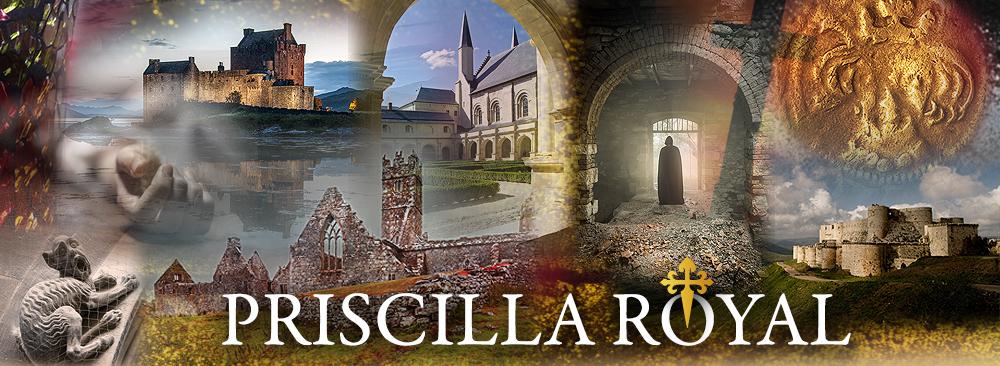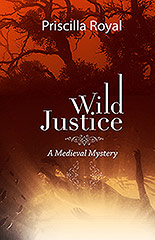I’ve never liked the term “good vs. evil”. Not that I don’t
want justice to be rendered, the world freed from violence, or wish I didn’t
have to lock my door at night. But I worry that “good vs. evil” is misleading,
luring us into believing that “evil” is easily recognizable and that the child-abuser
or murderer couldn’t possibly be a pillar of his church or that lovely lady who
bakes cookies for the neighborhood. And, of course, the person I see in the
mirror every morning would never commit a violent act…
I wish violence and villainy were that simple, but, if the reasons
for violence were clear, why would we write books that ask why murder happens?
Now that I have perhaps presented myself as a (name your coffee store) card
carrying, latte liberal (actually prefer mochas, full-fat, with whipped), let
me also say that I do not think murderers just need a group hug to resolve
their issues.
But despite our rather odd legal definition of sanity, I think any act of violence is a
moment of insanity, whether the pressure has been mounting for decades or the impetus
occurred five seconds ago. Villains run a range of types including the ethically
challenged (OK so gang-bangers have a code but let’s leave that to another time),
the emotionally disturbed, and the nice guy/gal suffering unendurable stress.
In short, they are complicated people, not just mustachioed fellows who tie
Pauline to the railroad tracks and sneak off, saying hee hee. That doesn’t excuse them from punishment, although some
violence may qualify as self-defense, but it does suggest that we cannot be
simplistic in how easily it is recognized or defined.
But enough rant—hope this elicits some good debate!




